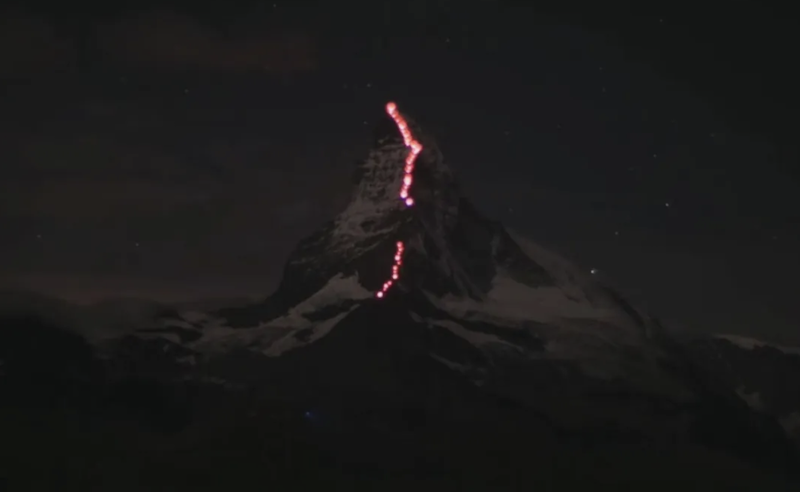
Recently, an article by American behavioral ecologist Jonathan Pruitt published in Nature on October 1, 2014 was retracted due to unreliable data, becoming the first paper retracted by Nature this year. Pruitt disagrees, however, that the article on spider behavior was retracted.
Pruitt has been plagued by academic scandals, and more than ten manuscripts have been retracted. Today, he has resigned from Canada's McMaster University and works as a teacher in a high school in Florida.
Withdrawing manuscripts is not a trivial matter, especially as an "old shop" with more than 150 years, the retraction of "Nature" magazine is worth studying carefully. According to the data published on the official website of Nature, the journal has withdrawn a total of 86 papers so far.
"Nature" was first published on November 4, 1869, but the first retraction that can be checked occurred in March 1992. This article focuses on the relationship between the cellular origin of amyloid precursor protein and its deposition and the pathology of Alzheimer's disease. Article published in December 1991, corresponding author is Jon W. Gordon of Mount Sinai Medical Center.
The analysis of "Chinese Journal of Science" found that inaccurate data or pictures were the main reasons for the retraction of "Nature". In addition to 4 papers that did not explain the reasons for retraction, 60 papers were retracted because of various degrees of data inaccuracy, 13 papers were retracted due to improper analysis methods used in the research process, and 9 papers were retracted because of the pictures in the article. An error occurred and the paper was retracted.
It is worth mentioning that 67% of the retractions were initiated by the article authors. Among the 86 retraction instructions released by Nature, 58 clearly stated that the author of the article had requested retraction, and 14 were withdrawn by the editorial department of Nature, and the remaining 14 articles did not clearly indicate the retraction Which party advocates the manuscript.
Look at the fields involved in the retracted manuscripts. 86 articles involved five disciplines: biological science, physical science, health science, earth and environmental science, scientific community and sociology. The field of biological sciences is the "hardest hit area" for retraction, with as many as 49 papers.
Since 1992, Nature has withdrawn manuscripts almost every year. 2003 is the year with the largest number of retractions so far, reaching 10, followed by 2014 and 2020, both with 8. Eight of the retracted articles in 2003 involved research in the field of physics, and all retracted papers in 2014 came from the field of biological sciences. More than 50% of the retracted articles came from US research institutions. The retracted articles involved 16 countries and regions including the United States, the United Kingdom, Japan, Germany, China, and the Netherlands. Among them, the corresponding authors of 51 articles belong to the United States, and the corresponding authors of 3 articles belong to China.
Among the 10 retracted articles in Nature in 2003, 7 involved Bell Labs in the United States, where many Nobel Prize winners and Turing Award winners emerged.
In recent years, retraction is no longer a new thing. Will there be more retractions from top journals? Ferric C. Fang, editor-in-chief of the journal "Infection and Immunity", analyzed journal papers from 2001 to 2010 and found that the retraction rate of top journals was higher than that of low-impact journals. They believe there are two reasons for this. On the one hand, publishing papers in top journals will bring high returns in employment, project applications and honors. On the other hand, top journals often require papers to give clear and clear reports, and "difficult to repeat experiments, discrete data, unexplainable results, and unexpected observations" are the norm in scientific research, which boosts This has prevented researchers from taking risks, manipulating data, or overinterpreting results.
Ivan Oransky, editor-in-chief of "Retraction Observation", told the "Chinese Journal of Science" that journals with high impact factors have more readers, so more people will scrutinize these papers and find more problems. This does not mean that these journals There are more questions.
There is no essential difference between the top journal and other journals in the treatment of retraction. Ivan said that taking "Nature" as an example, there are more than 3,000 journals under Springer, and they all follow the same retraction process regardless of the impact factor, but the advantage of top journals is that they have more academic resources.
Although retraction is a manifestation of science's self-correction, it will lead to an unfair distribution of scientific resources and weaken public confidence in science. Even some papers will still be cited after retraction.
According to the data of "Retraction Watch" as of December 2020, among the top 10 retracted papers with the most citations, the top 3 retracted papers were from the New England Journal of Medicine (2855 citations), The Lancet (1583 citations) and Science (1464 citations). The two retracted papers of Nature ranked fifth and tenth respectively. They were published in 2006 and 2011, both in the field of biomedicine. After the retraction, the citations were still as many as 105 and 206 times.
(Originally titled "Nature" retracted 86 papers in 150 years: more than half came from the United States")


